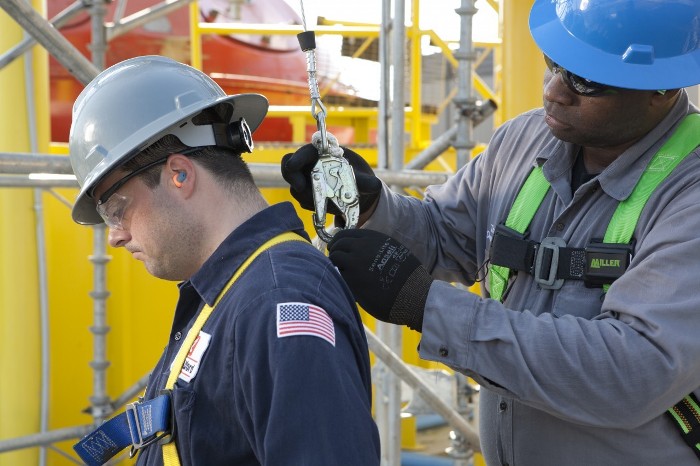Health and safety is a vital consideration for business owners and executive managers of any stripe – but it is especially important within the construction industry – which the Health and Safety Executive recognises as the most deadly industry in the UK. Health and safety legislation has gotten more robust over the years, in hopes of protecting the workforce and bringing about a safer future.
If you are forming your own construction company, whether a small outfit of contractors or a larger-scale limited company, it would behoove you to refresh yourself on the various health and safety risks that face the boots on the ground at any given moment. Understanding them in detail will give you a better understanding of the health and safety legislation designed to protect workers, and the things you can do to improve safety conditions for your staff.
Trips and Falls
According to the Royal Society for the Prevention of Accidents (RoSPA), slips, trips, and falls are the single most common form of accidents to take place in the workplace. This is just as true for construction sites as it is for retail environments, as supplies, debris, and even uneven ground can increase the risk of tripping over.
A unique facet of this risk is that it is just as present for site visitors as it is for workers. This illustrates clearly the importance of a robust builders’ insurance plan to each and every project you undertake; whoever injures themselves on your worksite, your business is liable for the costs involved in their recovery.
Noise
An often-underestimated hazard on construction sites is noise. It is well-known that particularly loud noises can cause hearing damage, where noises of 115dB or higher run the risk of physically damaging the eardrum.
However, it is also the case that prolonged exposure to noises of 85dB or higher – equivalent to traffic noise, or the sound of a lawnmower motor – can cause long-term hearing loss and neurological disorder. Personal protective equipment is the main route to mitigating hearing damage here; your staff should be issued with earplugs or ear defenders where appropriate.
Working from Height
Falls from height are treated separately from slips, trips, and falls in HSE data, owing to the specific risk inherited by workers on winches or lifts. Safety equipment must be rigorously checked before workers take to higher floors; scaffolding must be constructed to a high standard, and walkways should have handrails where possible.
Manual Handling
Manual handling refers to the lifting, pushing, pulling, or otherwise moving of loads. Manual handling is one of the chief ways in which administrative staff injure themselves in office environments, where poor lifting technique can cause musculoskeletal injury. Training is the main defence against manual handling injuries, as workers should know how to lift loads safely.
Electricity
Electrical hazards are rife on construction sites. You should have a registered electrician on site to verify the safety of any temporary electrical infrastructure installed during construction. Workers should be equipped with rubber-soled boots for safety, and training should be given on the safest way to conduct themselves around live electrical equipment or wiring.

